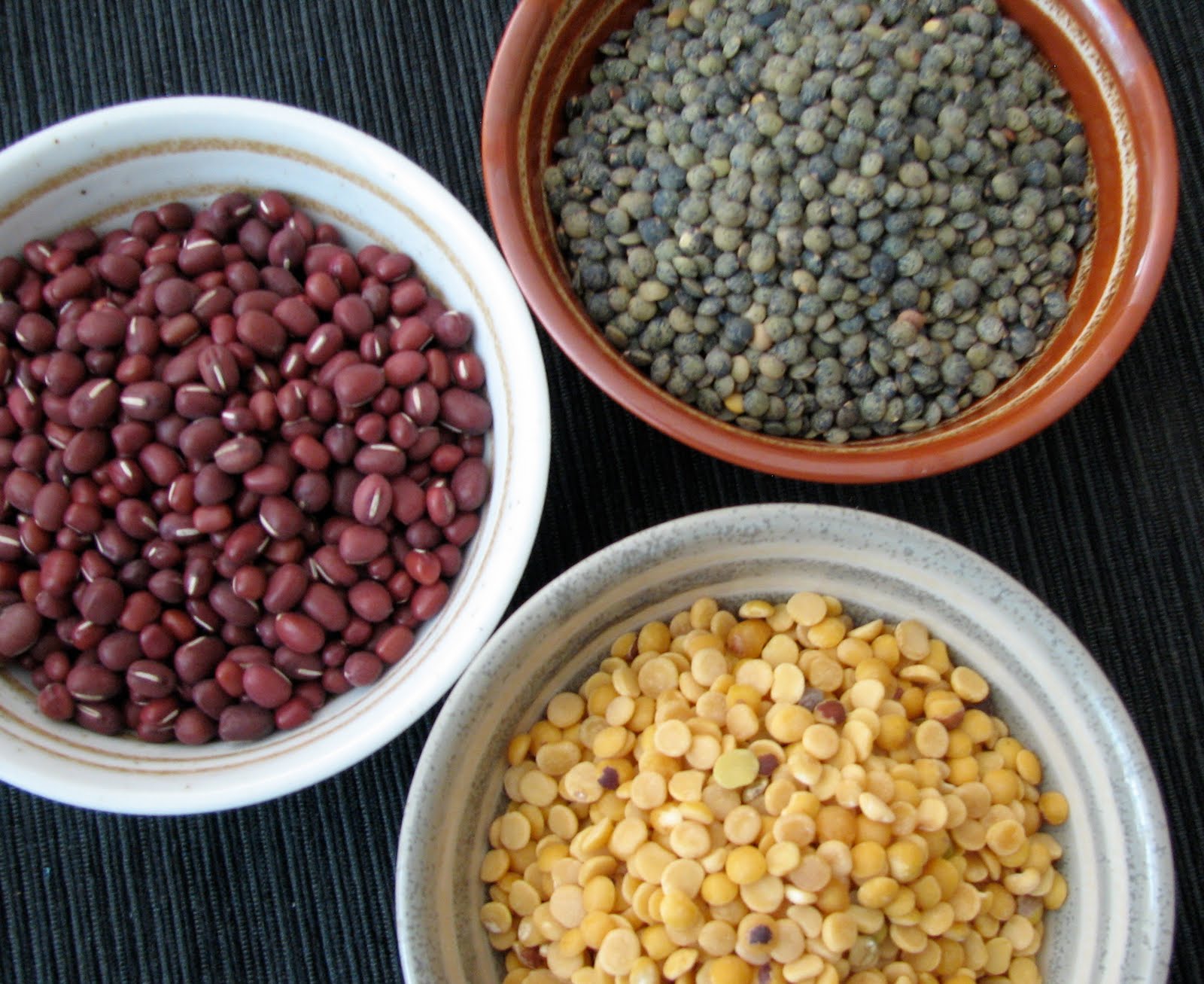
Lentils Dal (दाल)
Lentils, known as "dal" in Nepal, are an essential component of the Nepali diet, holding immense cultural and nutritional importance. Here's a closer look at their consumption in the...
Products Related to Lentils Dal (दाल)
Get Lentils Dal (दाल) From Nearby Stores
No Recommendations Available
We couldn't find any stores with Lentils Dal (दाल) products at the moment.